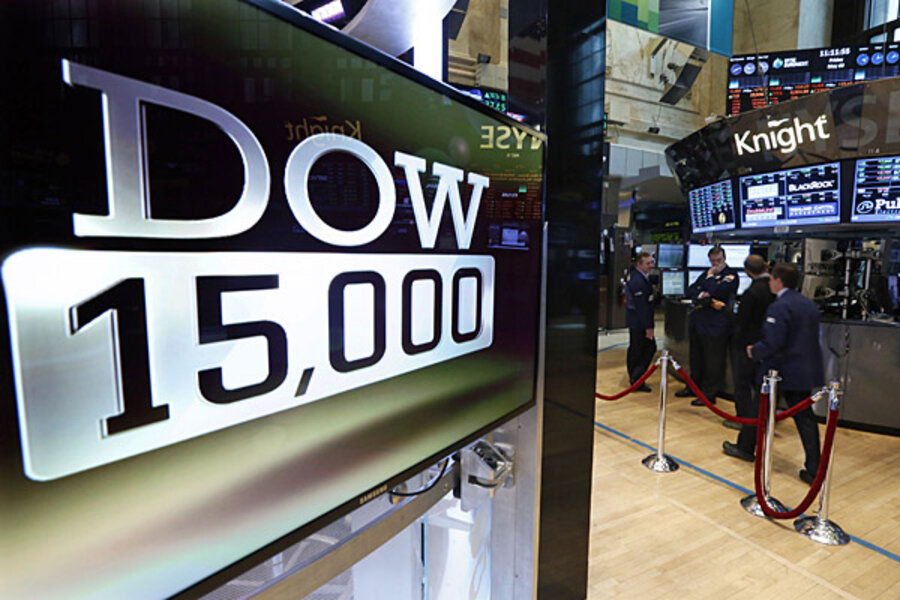Uncle Sam's growing investment portfolio
The federal government has been borrowing rapidly to finance recent budget deficits. But that’s not the only reason it’s gone deeper into debt. Uncle Sam also borrows to issue loans, build up cash, and make other financial investments.
Those financial activities have accounted for an important part of government borrowing in recent years. Since October 2007, the public debt has increased by $6.9 trillion. Most went to finance deficits, but about $650 billion went to expand the government’s investment portfolio, including a big jump in student loans. Before the financial crisis, Uncle Sam held less than $500 billion in cash, bonds, mortgages, and other financial instruments. Today, that portfolio has more than doubled, exceeding $1.1 trillion.
Financial crisis firefighting drove much of the increase from 2008 through mid-2010. Treasury raised extra cash to deposit at the Federal Reserve; this Supplemental Financing Program (SFP) helped the Fed finance its lending efforts in the days before quantitative easing. Treasury placed Fannie Mae and Freddie Mac, the two mortgage giants, into conservatorship, receiving preferred stock in return; shortly thereafter, Treasury began to purchase debt and mortgage-backed securities (MBS) issued by Fannie, Freddie, and other government-sponsored enterprises (GSEs). And through the Troubled Asset Relief Program (TARP), Treasury made investments in banks, insurance companies, and automakers and helped support various lending programs.
Together with a few smaller programs, these financial crisis responses peaked at more than $600 billion. Since then, they have declined as Treasury sold off all its agency debt and MBS and most of its TARP investments and as quantitative easing, in which the Fed simply creates new bank reserves, eliminated the need for cash raised through the SFP.
Those declines have been more than offset by the government’s growing student loan portfolio. The federal government used to subsidize student borrowing not only by providing loans directly to students, but also by guaranteeing many private loans. In 2009, however, Congress eliminated private guarantees and dramatically expanded direct federal lending. The government’s portfolio of student loans has since increased from about $90 billion at the start of fiscal 2008 to more than $560 billion today.
As a result, the government’s financial investments now total about $1.1 trillion, essentially all of which was financed by borrowing. The debt supporting Uncle Sam’s investment portfolio thus accounts for almost 10 percent of the $11.9 trillion in public debt.
Source: The Federal Reserve Financial Accounts (formerly known as the Flow of Funds), Daily Treasury Statement, and the President’s Budgets. The figures here compare balances as of March 31, 2013 (most recent available) with balances as of September 30, 2007 (the end of fiscal 2007). We define financial investments to be all the federal government’s financial assets except for official reserve assets, trade receivables, and tax receivables; this definition approximates those used by the Office of Management and Budget and the Congressional Budget Office in certain debt calculations.
This paper was coauthored by Hillel Kipnis.





